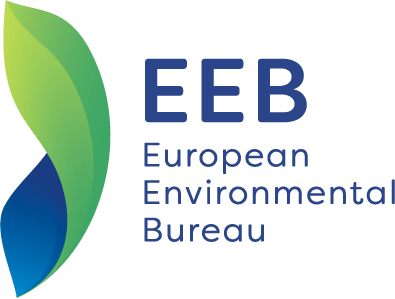The European Commission’s Circular Economy Action Plan is the most ambitious and comprehensive proposal ever put forward to reduce the environmental and climate impact of our products and economic activities.
The EU has a political responsibility to reduce resource use as well as the carbon emissions and other environmental impacts resulting from wasteful production and consumption patterns, said the European Environmental Bureau (EEB).
The strategy outlines the need for a truly responsible value chain, from product design and manufacturing to reducing toxicity and cutting waste. It also specifically addresses some of the product groups with the largest environmental footprints, including textiles, electronics, batteries, construction and packaging.
Proposed measures aim at making sustainable products the norm and fighting premature obsolescence. For example, minimum repairability requirements aimed at facilitating the disassembly of smartphones will considerably extend their lifespans. The EU also wants to set a food waste reduction target, while promising to end over-packaging and curbing microplastic pollution.
While praising the strategy, and despite the introduction of a goal to double the share of recovered materials in the economy by 2030 (circular material use rate), the EEB regrets that no target was set for reducing resource use and its impacts in absolute terms. Waste prevention targets for businesses and industries are also missing.
Stephane Arditi, the EEB Policy Manager for the Circular Economy, said: “The Circular Economy Action Plan can be a turning point for sustainability and climate action in Europe, which will hopefully inspire the rest of the world. It shows that the systemic change the people and the planet need is within reach. Now the EU institutions and governments need to turn these promises into laws to ensure the absolute reduction in carbon emissions and resource use. We only have one planet and yet we consume resources as if we had three. It’s time to do more with less.”
On the missed opportunity of having a target for resource use and waste generation, Arditi said: “The proposal ticks almost all boxes, but does not explicitly target Europe’s over-consumption of resources. Without binding EU-wide targets, governments risk losing momentum and neglecting the fundamental objective of reducing our consumption footprint.”






